Bringing a lizard into your home as a pet requires careful consideration of their care requirements and temperament. While some species are notorious for their complex needs or skittish nature, many lizards make excellent companions for both novice and experienced reptile enthusiasts. These low-maintenance lizards not only adapt well to captivity but also tolerate regular handling, making them perfect for those who want an interactive reptilian pet. The following guide explores fifteen lizard species that combine relatively simple care with friendly dispositions, allowing you to form a genuine bond with your scaly friend without dedicating your entire life to their maintenance.
Bearded Dragons
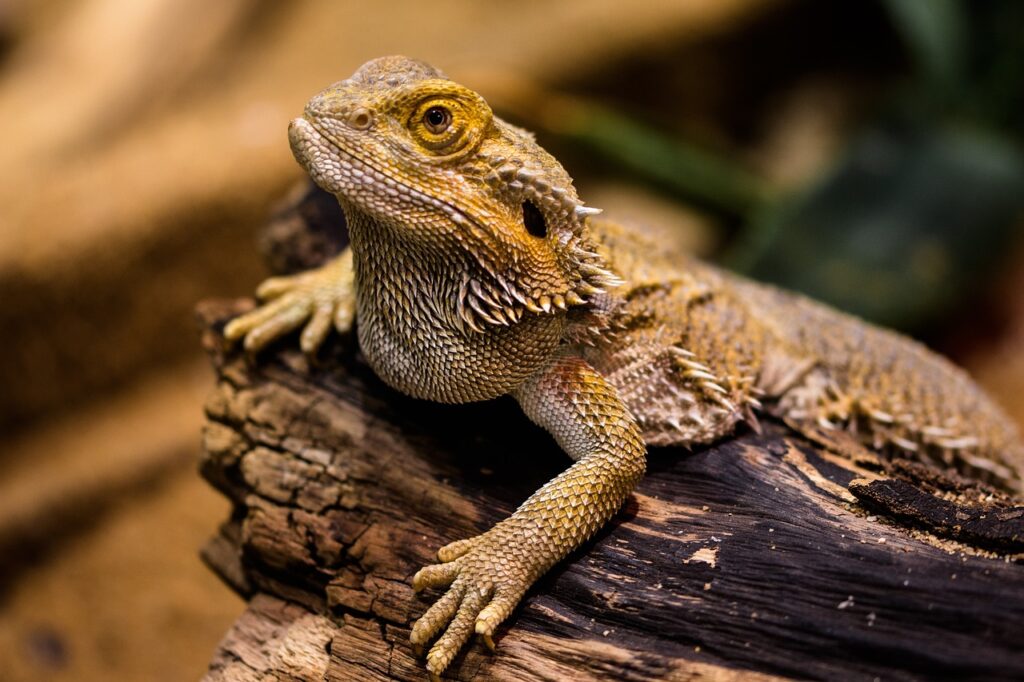
Bearded dragons (Pogona vitticeps) are perhaps the gold standard for handleable pet lizards, combining a docile temperament with moderate care requirements. These Australian natives typically grow to 18-24 inches in length and can live 8-12 years with proper care, making them a substantial but manageable commitment. Their popularity stems from their expressive behaviors—including head bobbing and arm waving—and their remarkable tolerance for handling when properly socialized from a young age. While they do require UVB lighting and a temperature gradient in their enclosure, their omnivorous diet of commercially available insects and readily accessible greens makes feeding relatively straightforward compared to more specialized reptiles.
Leopard Geckos
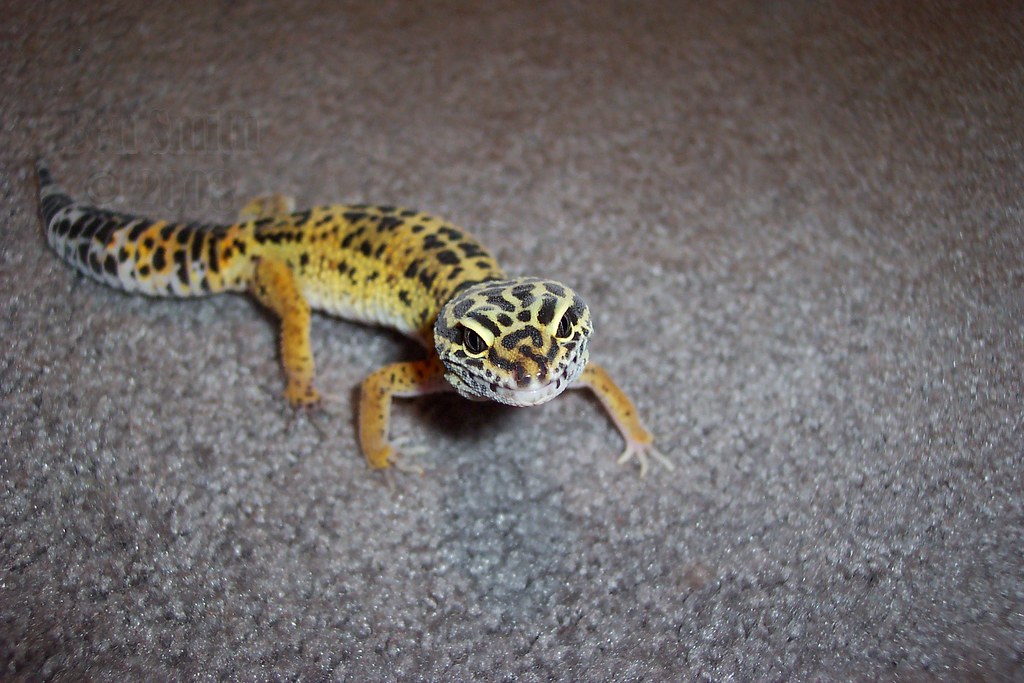
Leopard geckos (Eublepharis macularius) have earned their reputation as one of the most beginner-friendly reptiles available in the pet trade. Unlike many lizards, these charming geckos don’t require UVB lighting, though calcium supplementation becomes especially important in its absence. Their manageable size of 8-10 inches and impressive lifespan of 15-20 years make them long-term companions that don’t demand excessive space. Leopard geckos are primarily insectivorous, thriving on a diet of crickets, mealworms, and other commercially available insects. Their naturally calm demeanor and lack of a strong flight response means they typically tolerate gentle handling sessions well, often becoming quite comfortable with their owners over time.
Blue-Tongued Skinks
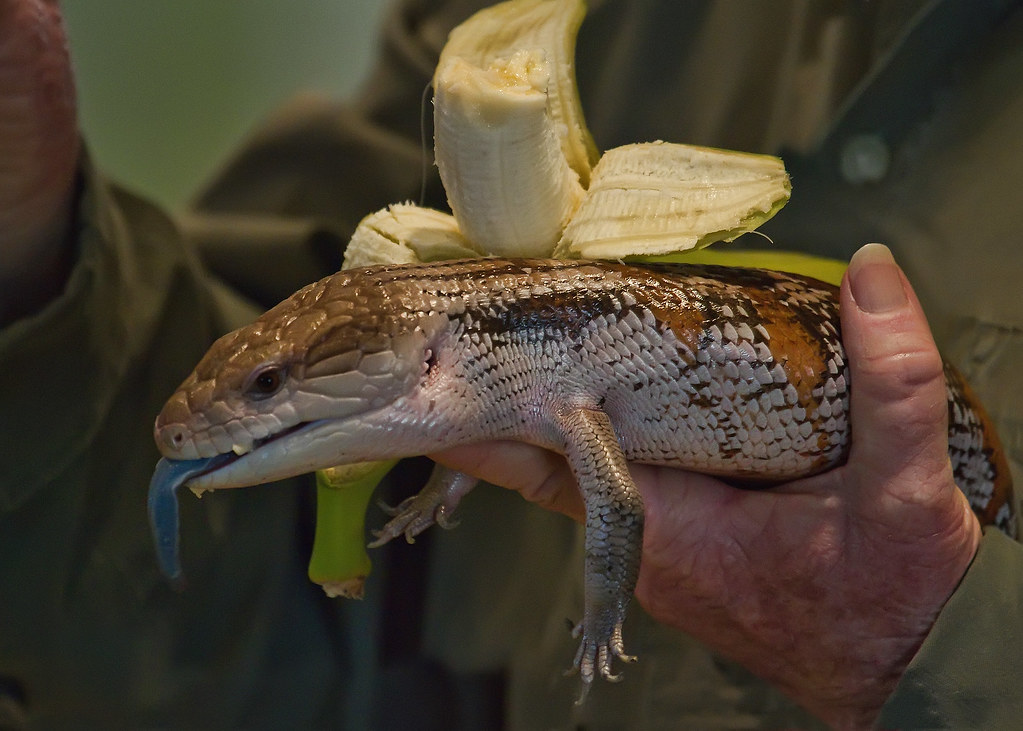
Blue-tongued skinks stand out among handleable lizards due to their substantial size, distinctive appearance, and remarkably calm disposition. These Australian and Indonesian natives typically grow to 18-24 inches and can live for 15-20 years, developing individual personalities that often include a surprising tolerance for human interaction. Their omnivorous diet allows for varied feeding options, including commercially prepared foods, making their nutrition management more straightforward than strictly insectivorous species. Blue-tongued skinks have relatively slow metabolisms and movement patterns, which translates to a pet that’s less likely to panic or jump during handling sessions. Their thick bodies and short legs make them feel substantial and secure when held, adding to their appeal as handleable companions.
Crested Geckos
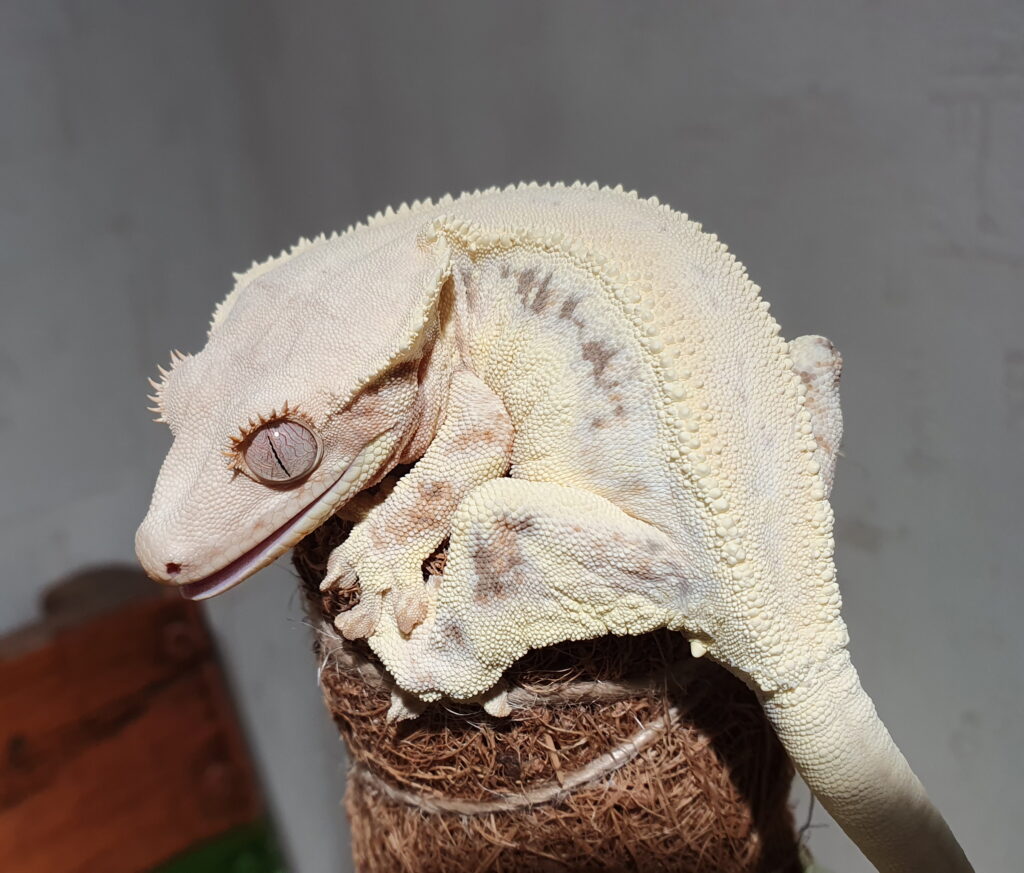
Crested geckos (Correlophus ciliatus) have skyrocketed in popularity since their rediscovery in 1994, largely due to their manageable care requirements and distinctive appearance. These arboreal geckos from New Caledonia thrive at room temperature, eliminating the need for specialized heating equipment in most homes, though they do benefit from gentle UVB exposure. Their diet centers around commercially available powdered meal replacement formulas that simply mix with water, dramatically simplifying feeding compared to live insect-dependent species.
Crested geckos typically reach 6-8 inches in length and can live 15-20 years with proper care, making them substantial long-term companions despite their small size. While they’re more delicate than some larger lizards, most crested geckos tolerate gentle handling well, though their ability to jump considerable distances means handling should occur close to the ground or over soft surfaces.
Uromastyx
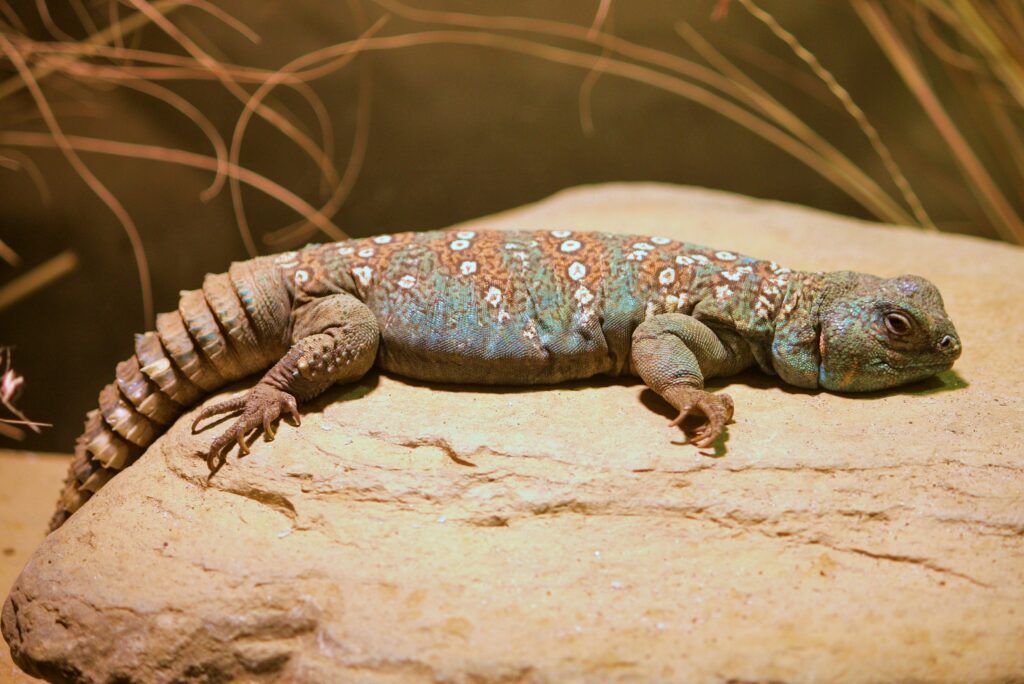
Uromastyx lizards, often called spiny-tailed lizards, offer reptile enthusiasts a fascinating alternative to more common pet species with their prehistoric appearance and primarily herbivorous diet. These desert-dwelling lizards from North Africa and the Middle East typically grow to 10-18 inches depending on the species, with lifespans reaching 15-30 years in captivity. Their care centers around providing intense basking spots (115-120°F) and ample UVB lighting, mimicking their harsh desert habitats. Feeding uromastyx is remarkably simple compared to insectivorous reptiles, as their diet consists primarily of easily obtained greens, vegetables, and occasional legumes and seeds. While initially shy, well-acclimated uromastyx often develop into confident pets that tolerate handling sessions, though their sharp claws and powerful tails demand respectful interaction.
Gargoyle Geckos
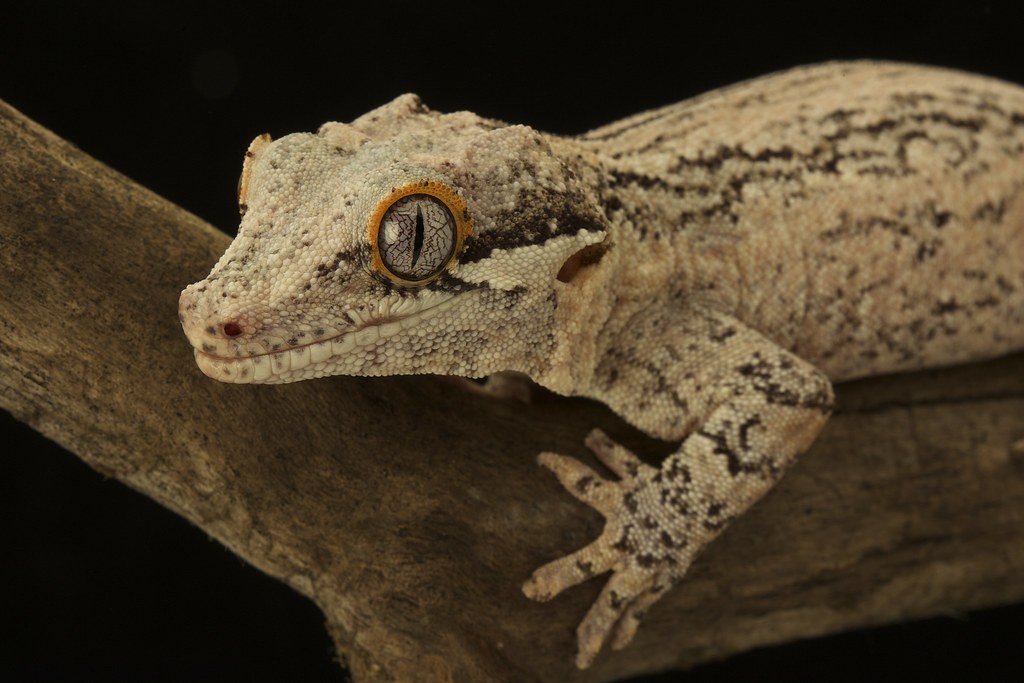
Gargoyle geckos (Rhacodactylus auriculatus) share many care similarities with their close relatives, crested geckos, while offering a unique appearance and slightly more robust handling tolerance. These New Caledonian geckos typically grow to 7-9 inches and can live 15-20 years in captivity, sporting distinctive head bumps or “horns” that give them their gargoyle-inspired name. Like crested geckos, they thrive on commercially available powdered diets supplemented with occasional insects, simplifying feeding routines considerably.
Gargoyle geckos generally have a more substantial build than crested geckos, making them slightly less fragile during handling sessions, though they still require gentle support. Their temperature requirements fall within normal room temperature ranges (72-78°F), eliminating the need for complex heating setups in most homes.
Argentine Black and White Tegus
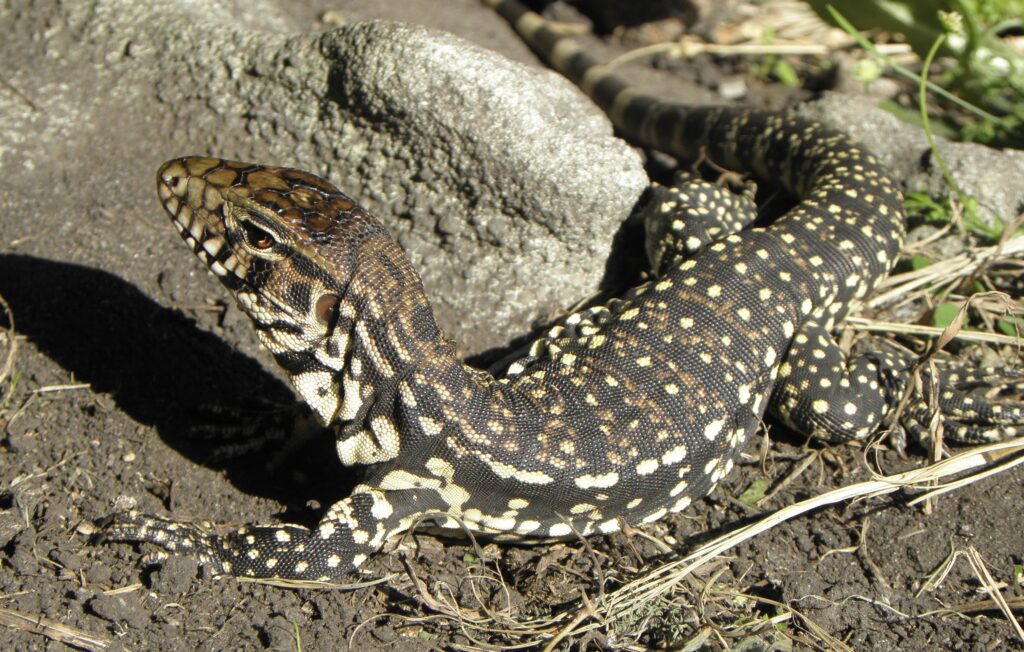
Argentine black and white tegus (Salvator merianae) represent the largest lizard on this list, but their intelligence and potential for bonding with owners makes them exceptional handleable pets for those with sufficient space and commitment. These impressive South American lizards can grow to 3-4.5 feet in length and live 15-20 years, requiring substantial enclosures as adults. Tegus are noted for their cognitive abilities, often recognizing their caretakers and seeking interaction, sometimes even enjoying gentle petting and scratches.
Their omnivorous diet includes commercially available prepared foods, whole prey items, fruits, and vegetables, providing flexibility in feeding routines. While their size demands respect and proper handling techniques, well-socialized tegus often develop dog-like attachment to their owners, making them among the most interactive reptilian pets available.
Chinese Water Dragons
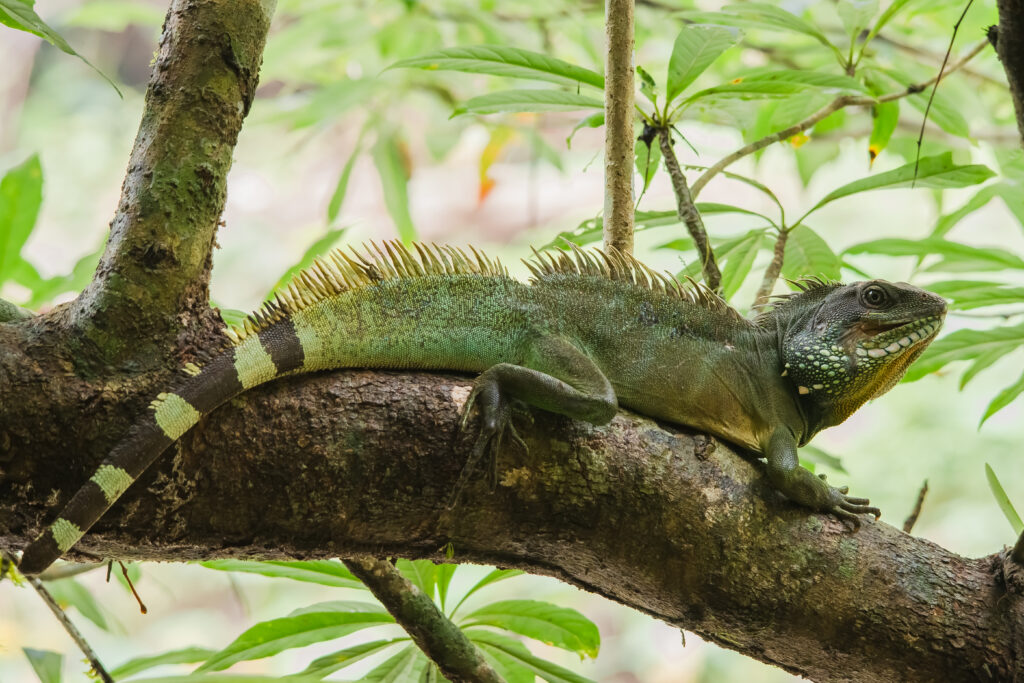
Chinese water dragons (Physignathus cocincinus) offer an alternative for enthusiasts seeking an arboreal, semi-aquatic lizard with striking emerald coloration and interactive potential. These Southeast Asian natives typically grow to 2-3 feet in length including their long tails, and can live 10-15 years with proper care. Water dragons require spacious enclosures with climbing opportunities, swimming areas, and high humidity levels of 70-80%, making their setup more complex than some other species on this list.
Their primarily insectivorous diet requires variety, though they also accept some plant matter and occasional small vertebrate prey. With consistent, gentle handling from a young age, many water dragons become surprisingly tame and may even seek out interaction with their keepers, though their long claws and powerful tails necessitate careful handling techniques.
Ackie Monitors
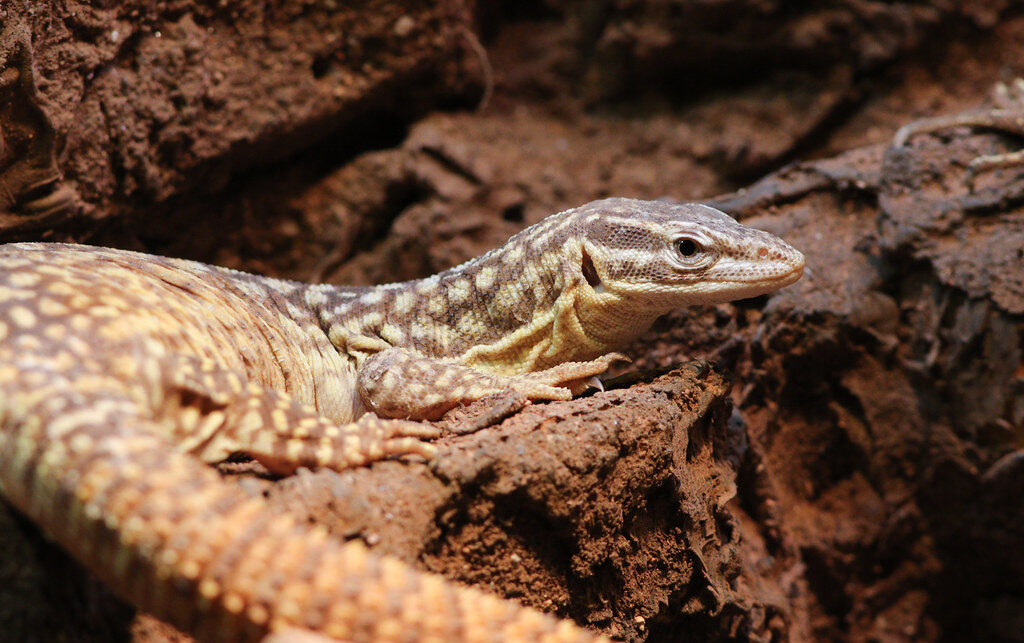
Ackie monitors (Varanus acanthurus), also known as spiny-tailed monitors or ridge-tailed monitors, offer the intelligence and interactive potential of monitor lizards in a more manageable package. These Australian natives typically reach 24-30 inches in length and live 15-20 years, making them substantial but not overwhelming companions. Unlike their larger monitor relatives, ackies require enclosures measuring approximately 4×2×2 feet rather than room-sized habitats.
Their diet consists primarily of insects, though they may occasionally take small vertebrate prey, with feeding being relatively straightforward compared to specialized eaters. While naturally curious and active, ackies that receive regular, gentle handling from a young age often develop into confident, interactive pets that may actively seek human attention.
Rankin’s Dragons
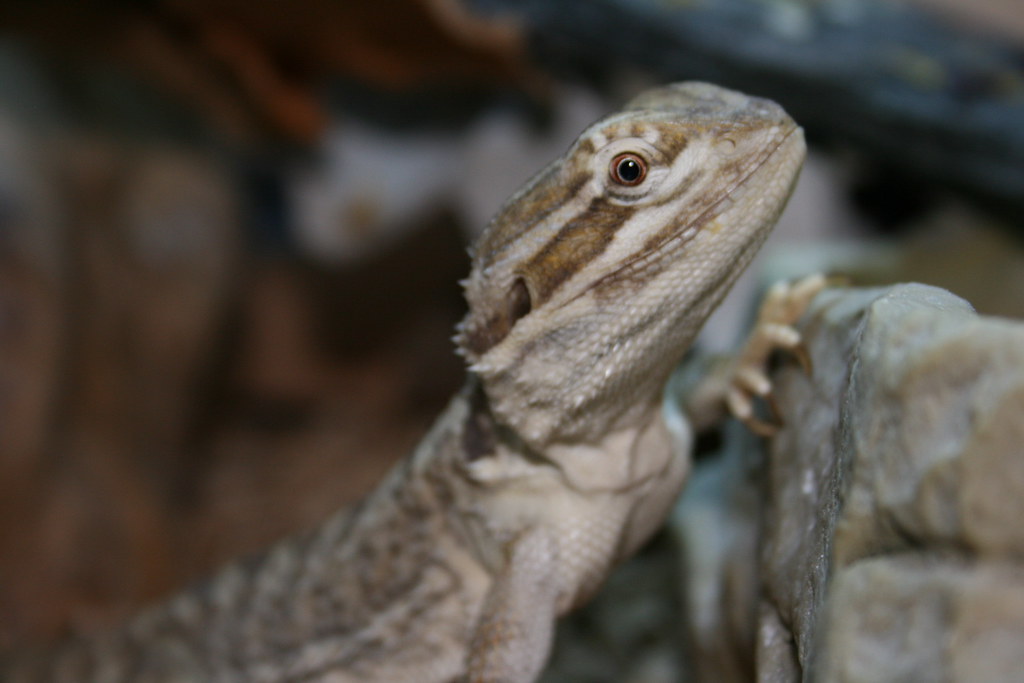
Rankin’s dragons (Pogona henrylawsoni) offer many of the behavioral benefits of the popular bearded dragon in a more compact form, making them ideal for keepers with space limitations. These Australian agamids typically grow to 9-12 inches, roughly half the size of their bearded dragon cousins, while still displaying similar sociable behaviors and handleability. Rankin’s dragons require essentially the same care as bearded dragons, including UVB lighting, temperature gradients, and an omnivorous diet of insects and vegetation.
Their smaller size means they require less food and can thrive in enclosures measuring approximately 36×18×18 inches as adults, significantly smaller than what’s needed for bearded dragons. Most Rankin’s dragons acclimate well to gentle handling, often becoming remarkably tame with consistent, positive interaction.
Pink-Tongued Skinks
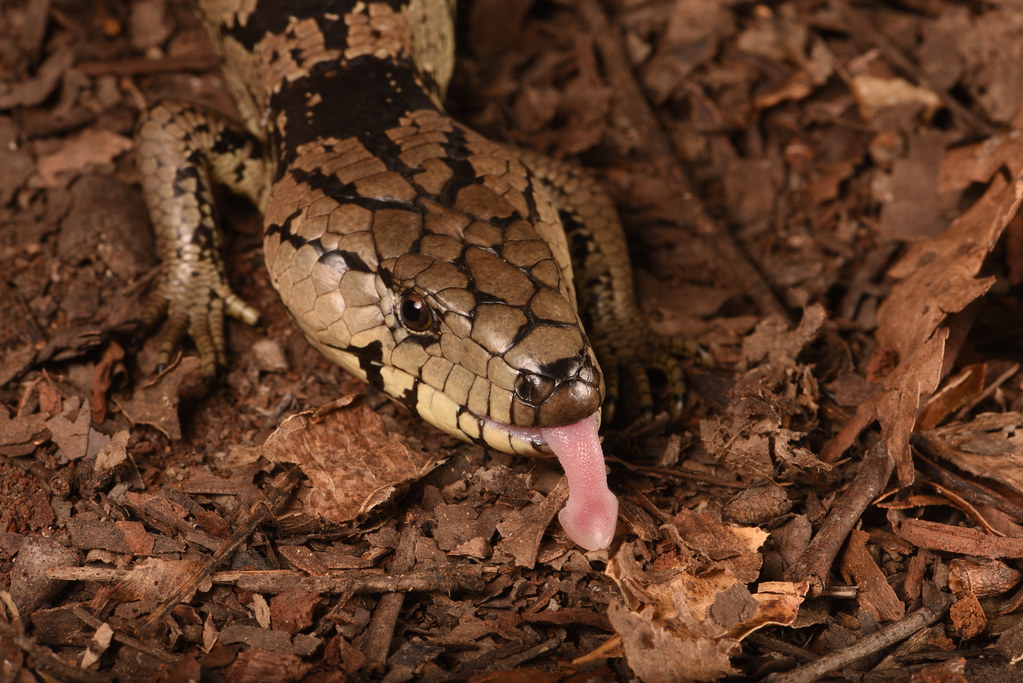
Pink-tongued skinks (Cyclodomorphus gerrardii) offer an interesting alternative to the more common blue-tongued varieties while maintaining excellent handleability and moderate care requirements. These Australian reptiles typically grow to 18-24 inches and can live 15-20 years in captivity, displaying a slender build compared to their chunkier blue-tongued cousins.
Their care centers around providing moderate humidity (50-60%), ambient temperatures of 75-80°F, and a warm basking spot around 90°F, along with UVB lighting. Pink-tongued skinks are primarily carnivorous but will accept some fruit and vegetation, with commercially available snail food often forming a dietary staple supplemented with insects. Well-acclimated individuals typically tolerate handling extremely well, rarely showing signs of stress during interaction and generally moving at a manageable pace that makes handling sessions comfortable for both lizard and keeper.
African Fat-Tailed Geckos
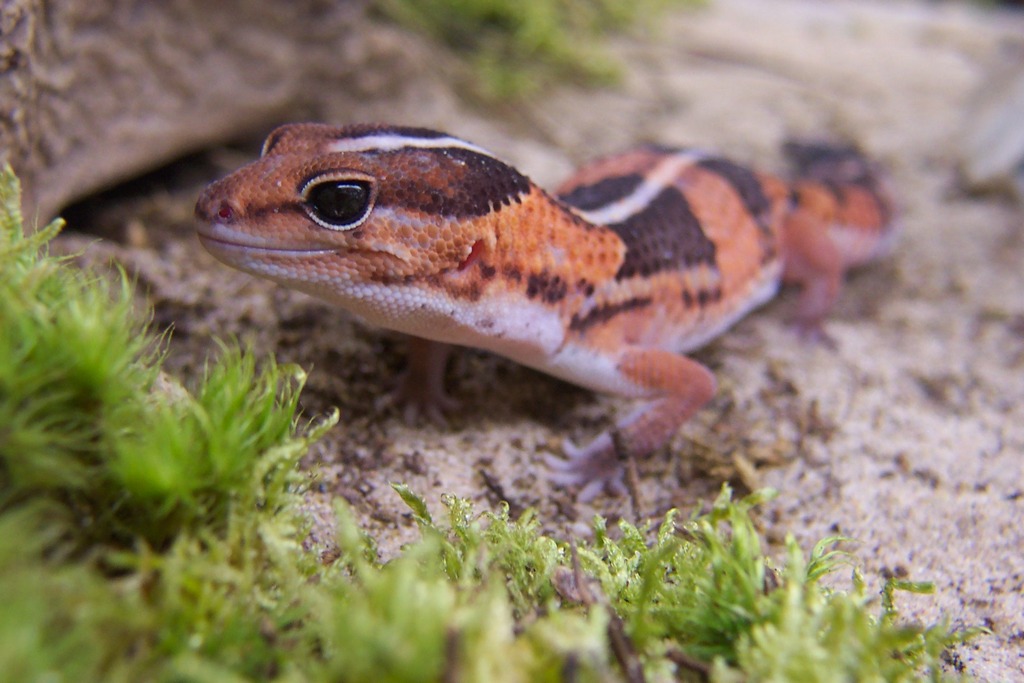
African fat-tailed geckos (Hemitheconyx caudicinctus) present an excellent alternative to leopard geckos for those seeking a handleable, terrestrial gecko with slightly different care requirements and appearance. These West African natives typically grow to 7-9 inches and live 15-20 years in captivity, sporting distinctive banded patterns and, as their name suggests, thick tails used for fat storage. Unlike leopard geckos, fat-tails prefer slightly higher humidity levels of 50-70%, though their overall care remains similarly straightforward with minimal specialized equipment. Their diet consists primarily of appropriately sized insects dusted with calcium and vitamin supplements. Most fat-tailed geckos develop a calm, tolerant temperament with consistent handling, though they generally prefer shorter sessions than some larger lizards.
Peters’ Banded Skinks
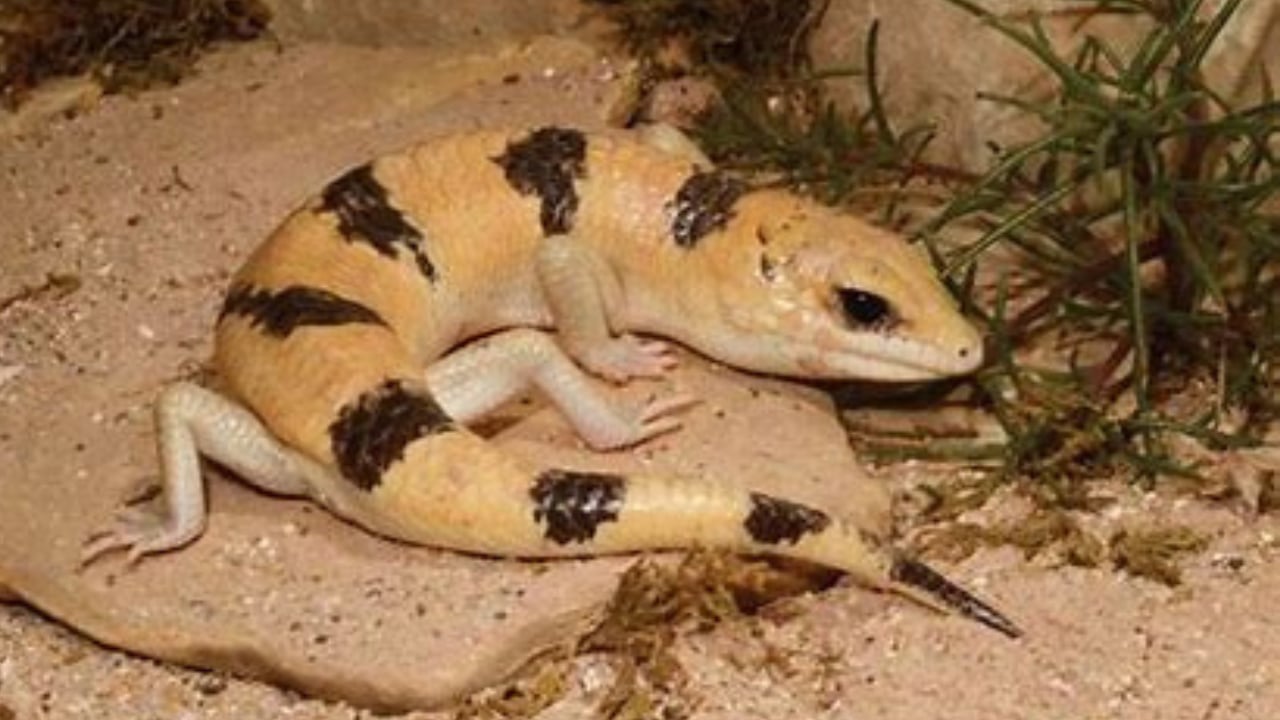
Peters’ banded skinks (Scincopus fasciatus) represent one of the more unusual options on this list, combining manageable size with fascinating sand-swimming adaptations and surprising handleability. These Saharan natives typically grow to 7-10 inches and can live 10-15 years in captivity, featuring distinctive banded patterns and smooth, glossy scales. Their care centers around providing a deep sand substrate for burrowing, moderate temperatures, and a primarily insectivorous diet supplemented with some plant matter.
While naturally shy, most Peters’ banded skinks become remarkably tame with consistent, gentle handling, displaying little defensive behavior even when first acquired. Their moderate size and relatively slow movements make them manageable during handling sessions, though their burrowing nature means they may not always be visible in their enclosure.
Red-Eyed Crocodile Skinks
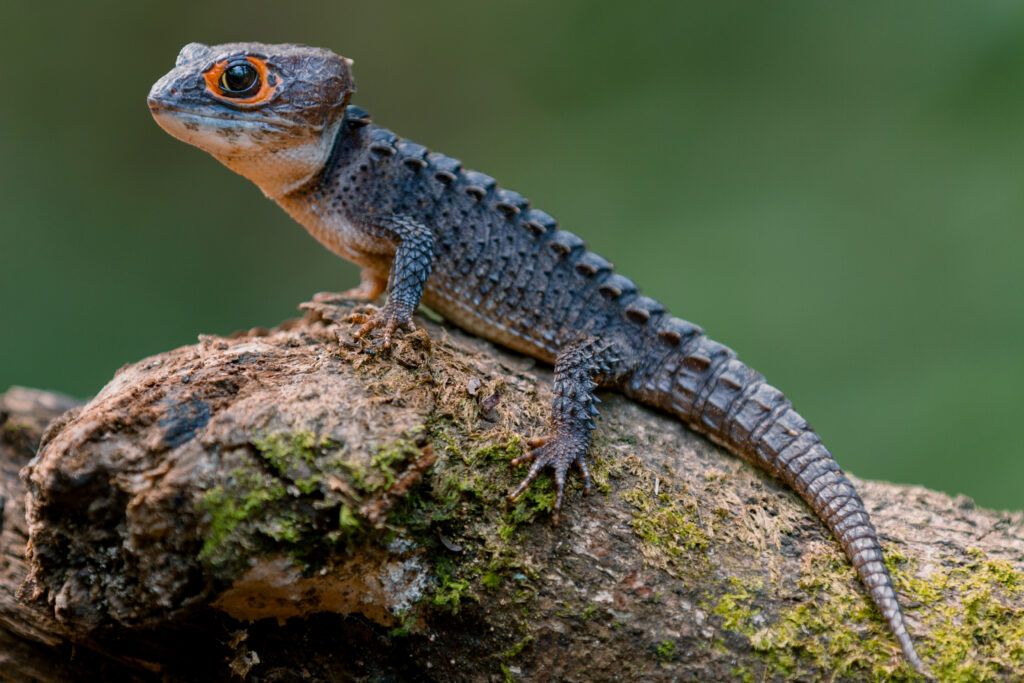
Red-eyed crocodile skinks (Tribolonotus gracilis) offer perhaps the most prehistoric appearance of any lizard on this list, combined with a surprisingly gentle disposition that allows for occasional handling. These Indonesian natives typically grow to just 8-10 inches and can live 10-15 years in captivity, featuring distinctive ridged scales reminiscent of crocodilians and striking red-orange eye rings. Their care centers around providing high humidity (70-80%) and moderate temperatures (72-78°F), making them suitable for keepers in naturally humid environments.
Red-eyed crocodile skinks primarily consume insects in captivity, with feeding being relatively straightforward compared to more specialized eaters. While not as naturally inclined toward handling as some lizards, well-acclimated individuals typically tolerate gentle, brief handling sessions, though they should be considered more of a display pet with occasional handling potential rather than a highly interactive companion.
Central Bearded Dragons
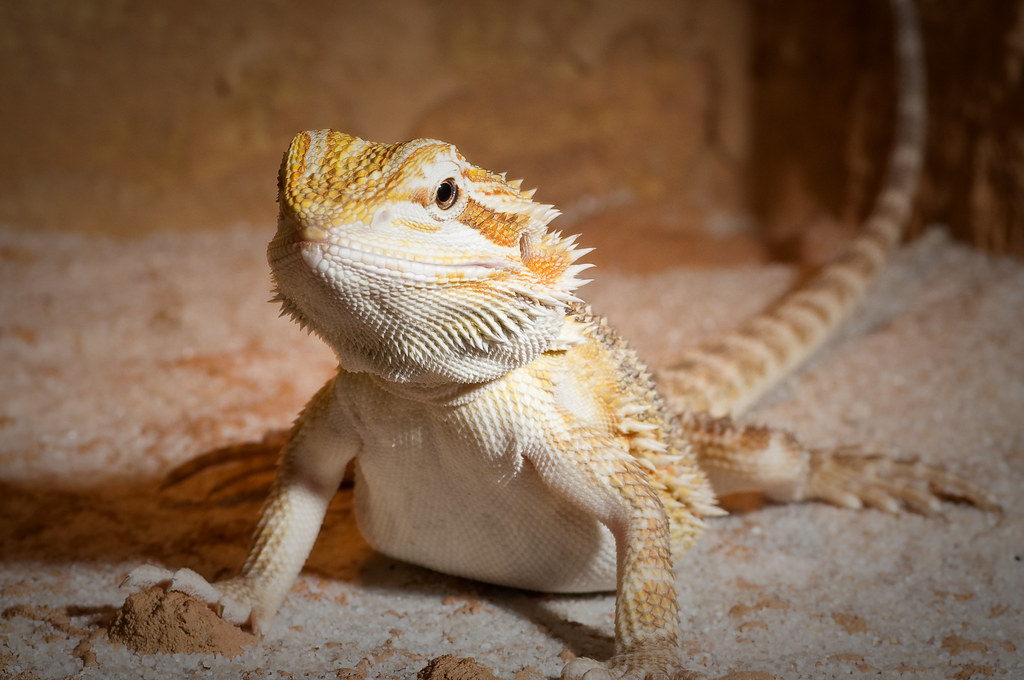
Central bearded dragons (Pogona vitticeps), a specific type within the bearded dragon group, deserve special mention for their exceptional temperament and compatibility with handling. These Australian reptiles typically grow to 18-24 inches and live 8-12 years in captivity, displaying the species’ characteristic spiny “beard” that can darken and expand during displays. Their care requirements include UVB lighting, temperature gradients ranging from 75°F ambient to 100-105°F basking areas, and an omnivorous diet that shifts from primarily insects as juveniles to mostly vegetation as adults.
What truly sets central bearded dragons apart is their remarkable tolerance for handling, with many individuals actively seeking human interaction and even appearing to enjoy being petted or carried around. Their sturdy build, secure grip, and generally slow movements make them exceptionally easy to handle even for children under appropriate supervision.
Caring for Handleable Lizards
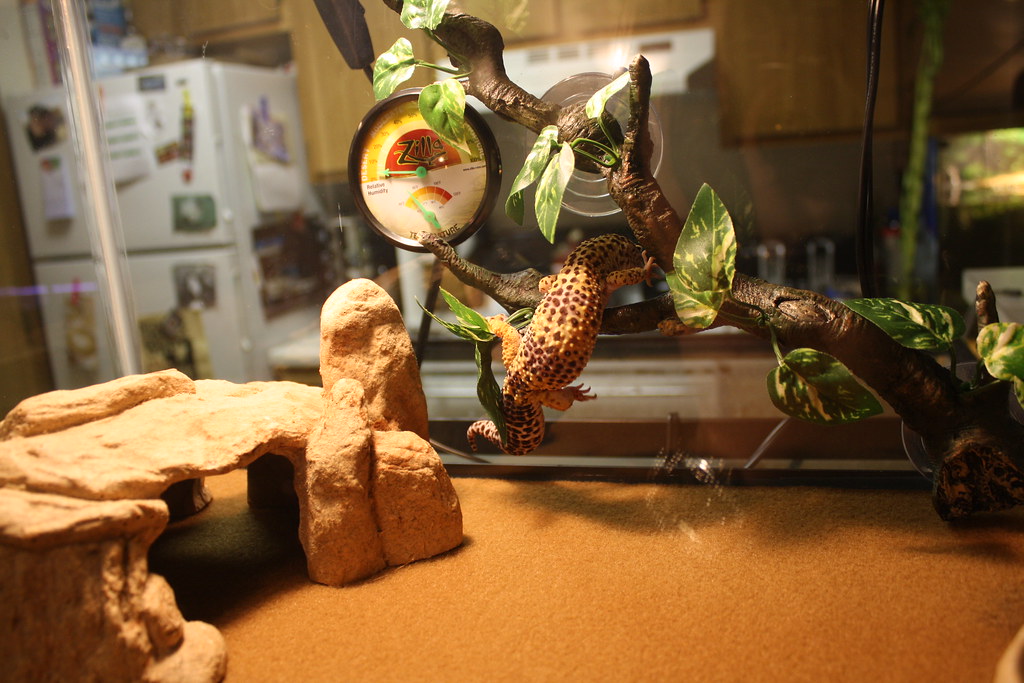
Regardless of species, certain universal principles apply to successfully keeping handleable lizards as pets. Proper enclosure setup with appropriate temperature gradients, humidity levels, and UVB exposure (for species requiring it) forms the foundation of good health and, consequently, amenable behavior. Regular handling sessions should begin once the lizard has acclimated to its environment, typically starting with brief, gentle interactions that gradually increase in duration as the animal displays comfort.
Handling should always occur when the lizard is fully alert and properly warmed, never immediately after feeding or during shedding periods when most reptiles feel vulnerable. Even the most docile species benefit from handling techniques that provide full support to their body, particularly their limbs and tail, while avoiding restraint that triggers defensive responses. By respecting these guidelines, keepers can develop meaningful bonds with their reptilian companions while ensuring their physical and psychological well-being.
In conclusion, these fifteen lizard species represent excellent options for reptile enthusiasts seeking interactive pets without overwhelming care requirements. From the pocket-sized leopard gecko to the impressive Argentine tegu, each offers a unique combination of manageability and handleability suited to different living situations and experience levels. While all reptiles require specific environmental parameters and dietary considerations, these species stand out for their adaptability to captivity and tolerance for human interaction.
By selecting a species that aligns with your available space, time commitment, and handling goals, you can enjoy a rewarding relationship with a reptilian companion that combines the fascinating aspects of exotic pet keeping with the interactive elements traditionally associated with mammalian pets.

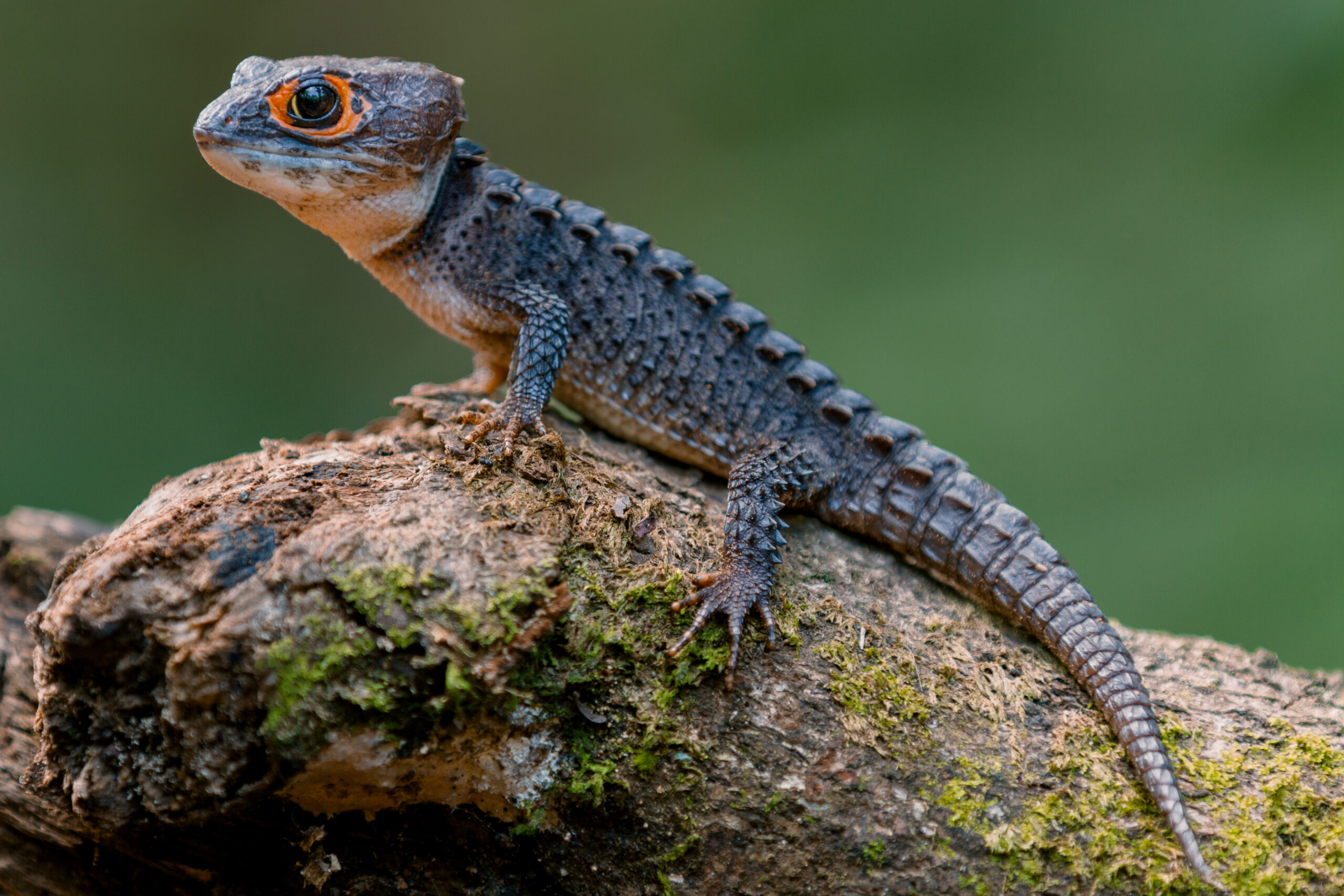
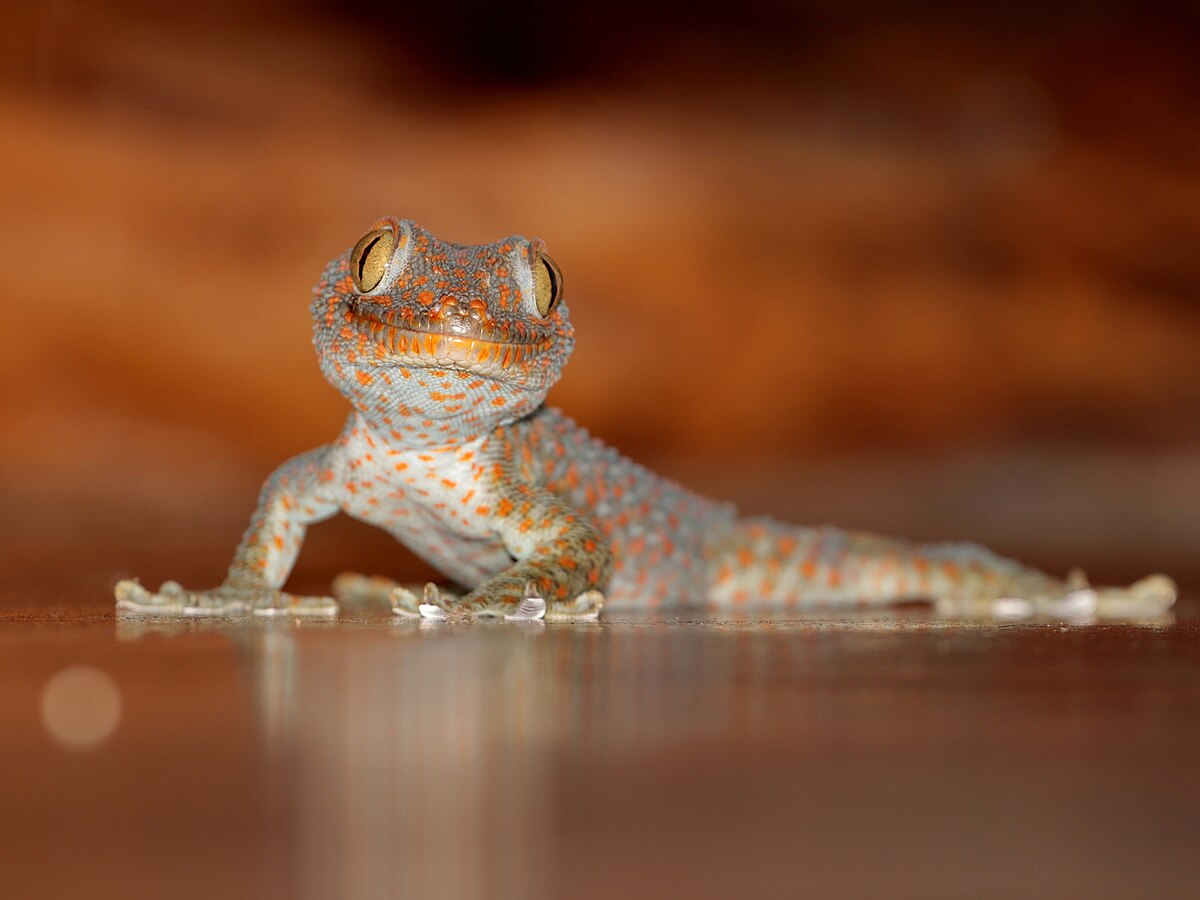

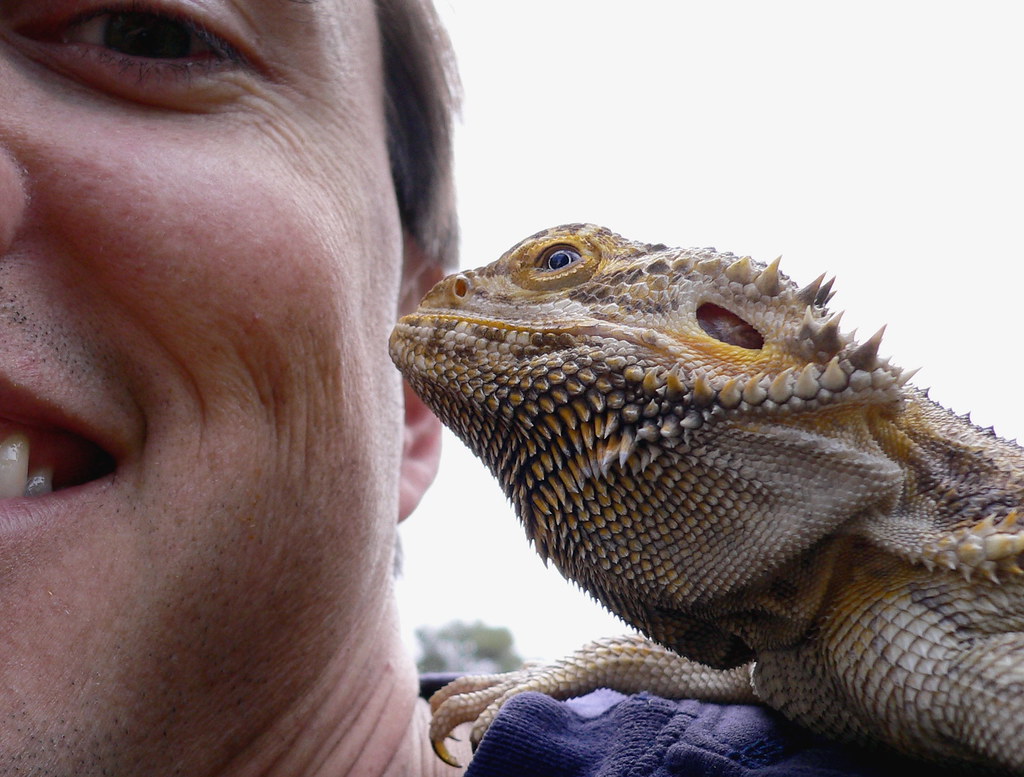
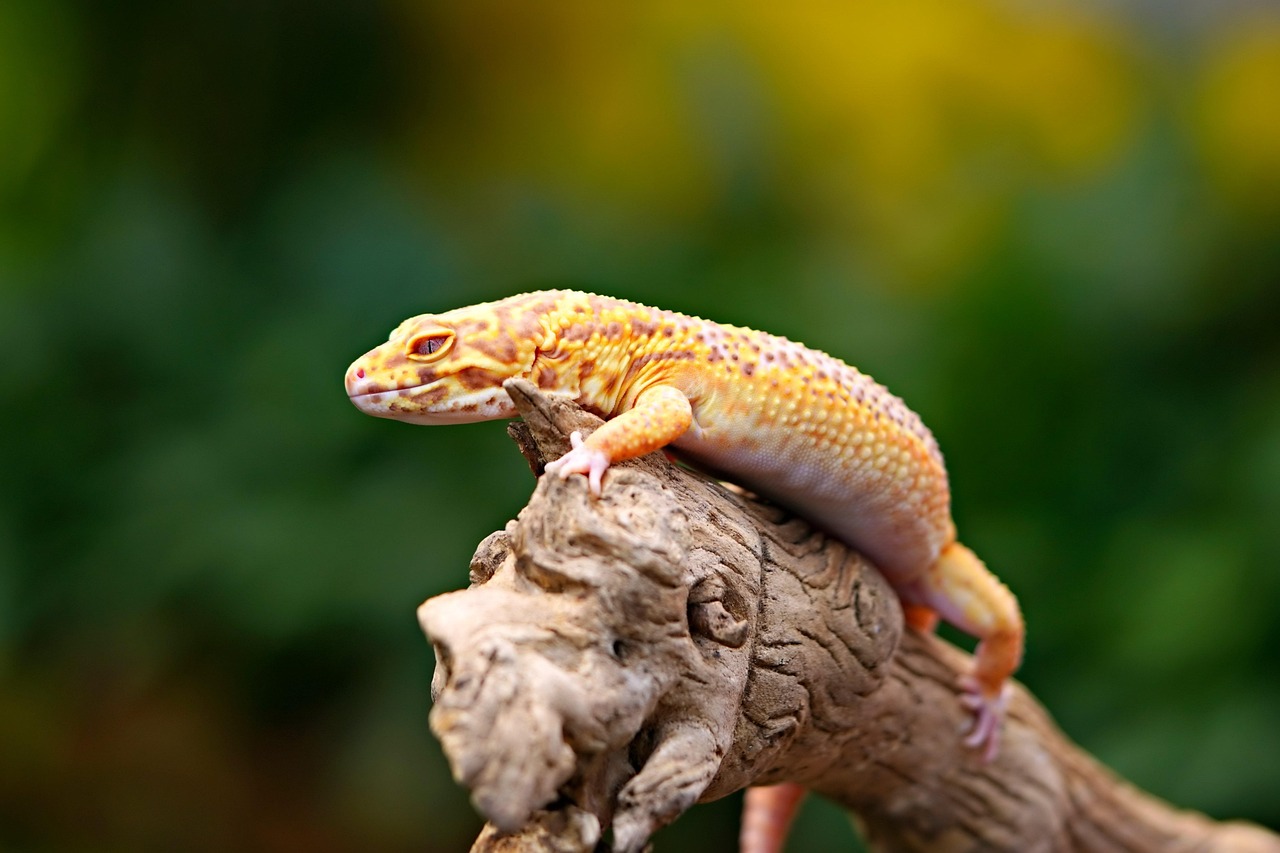


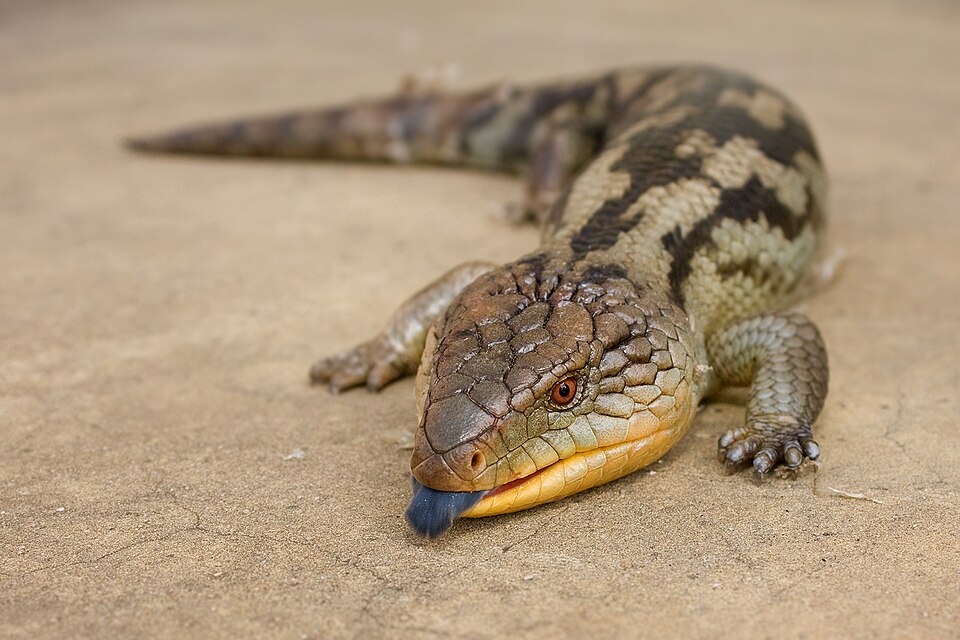
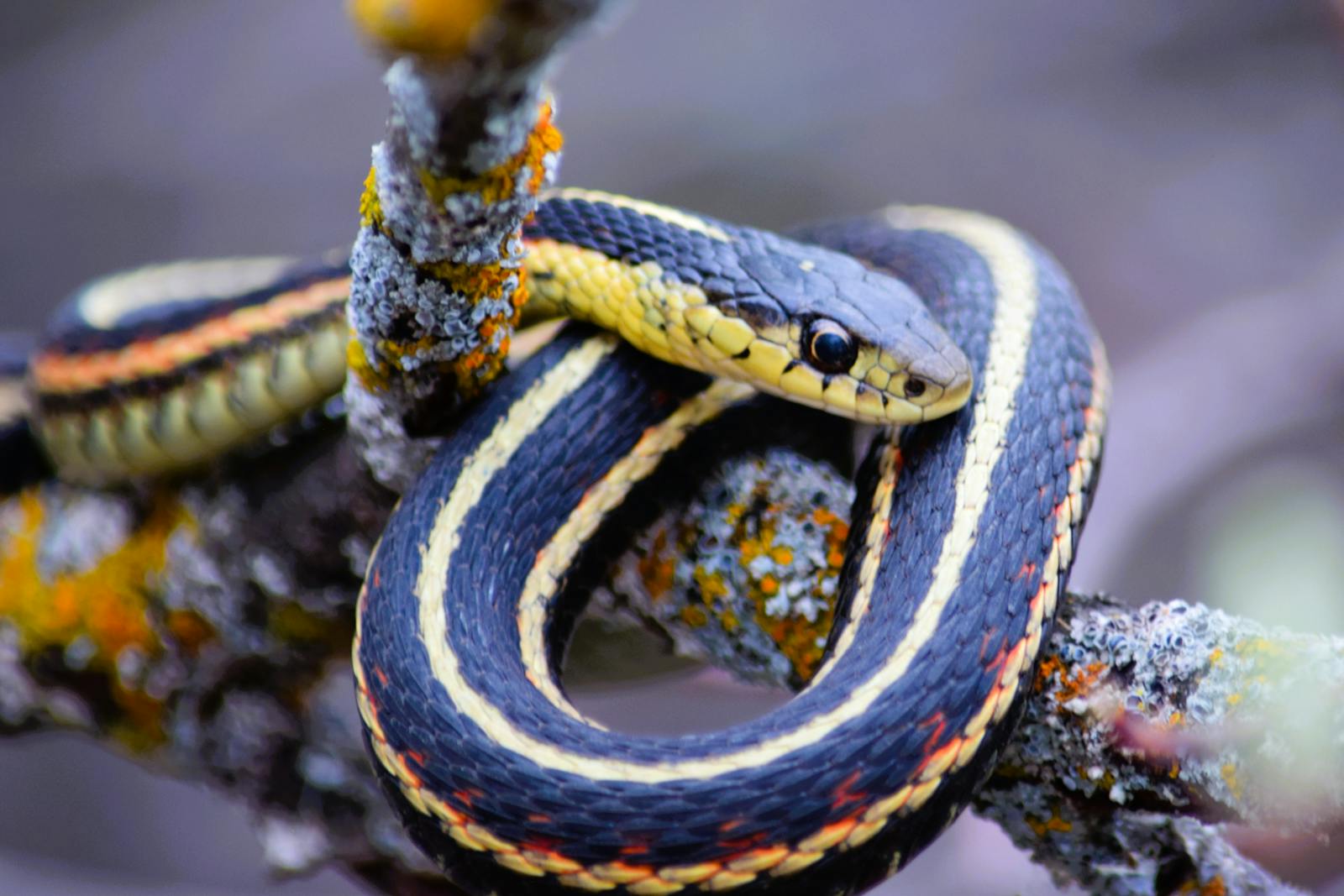
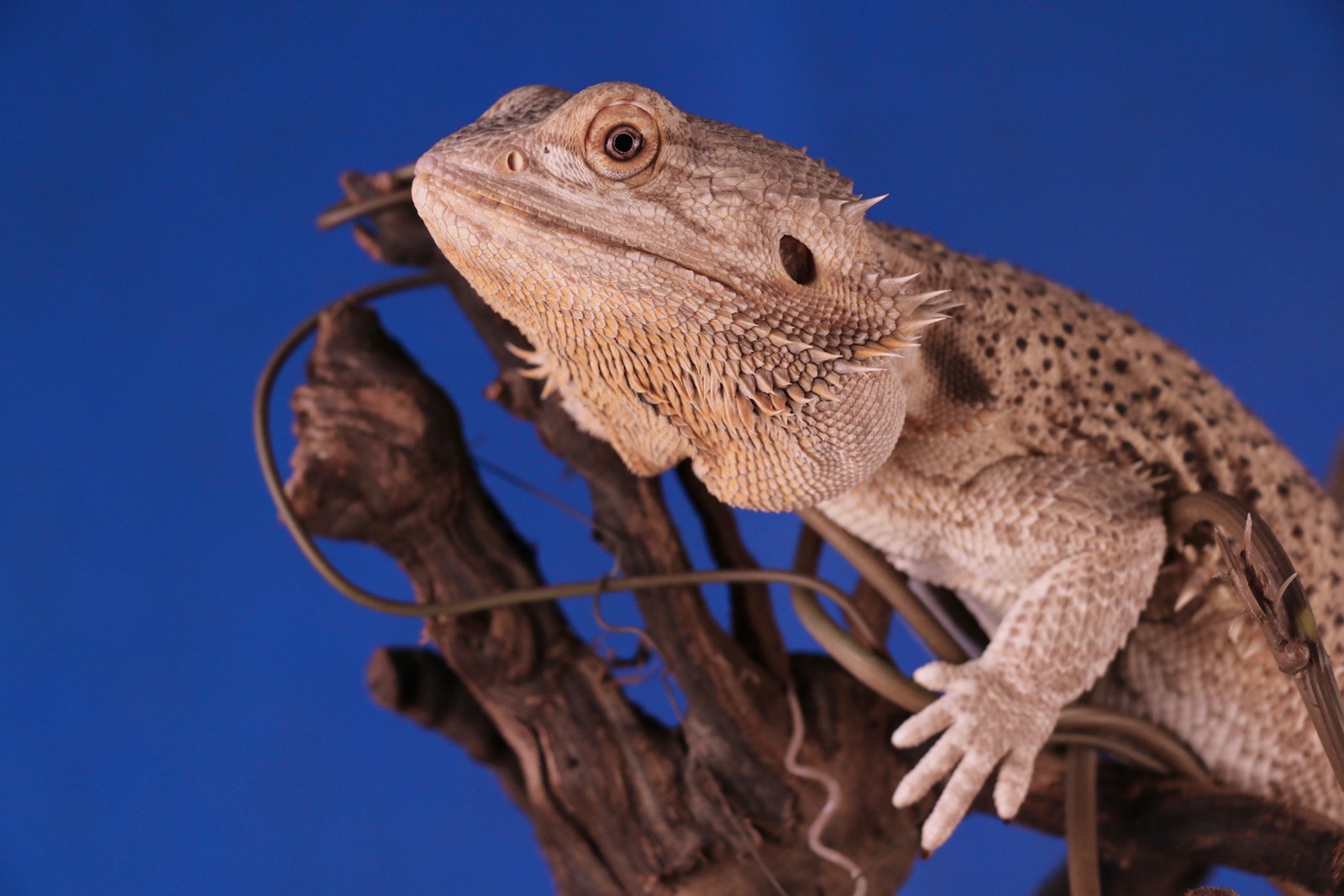
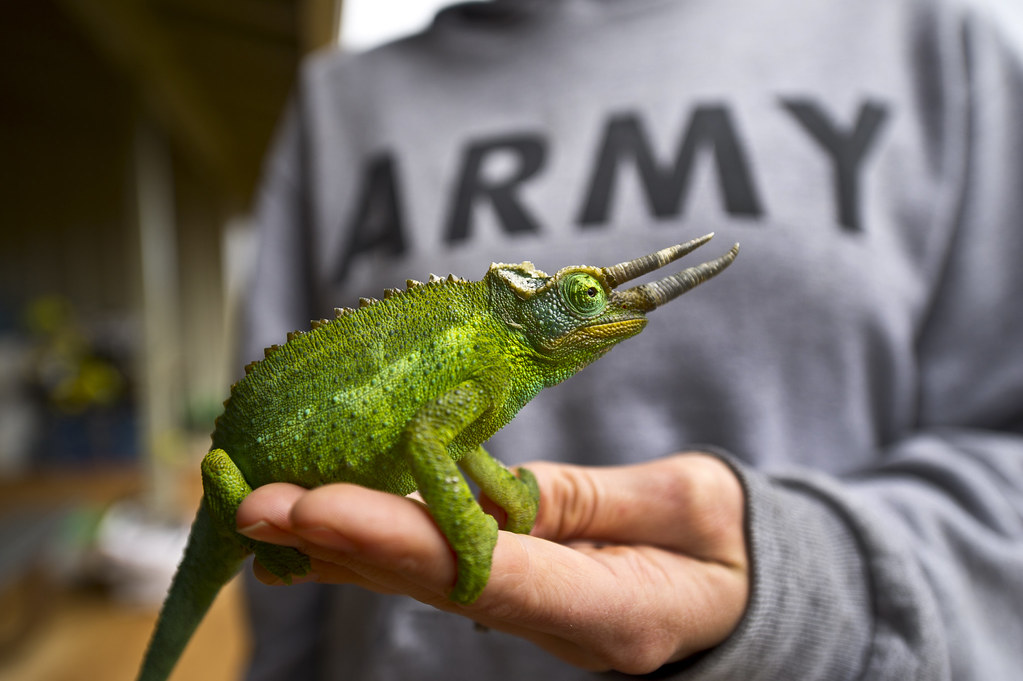
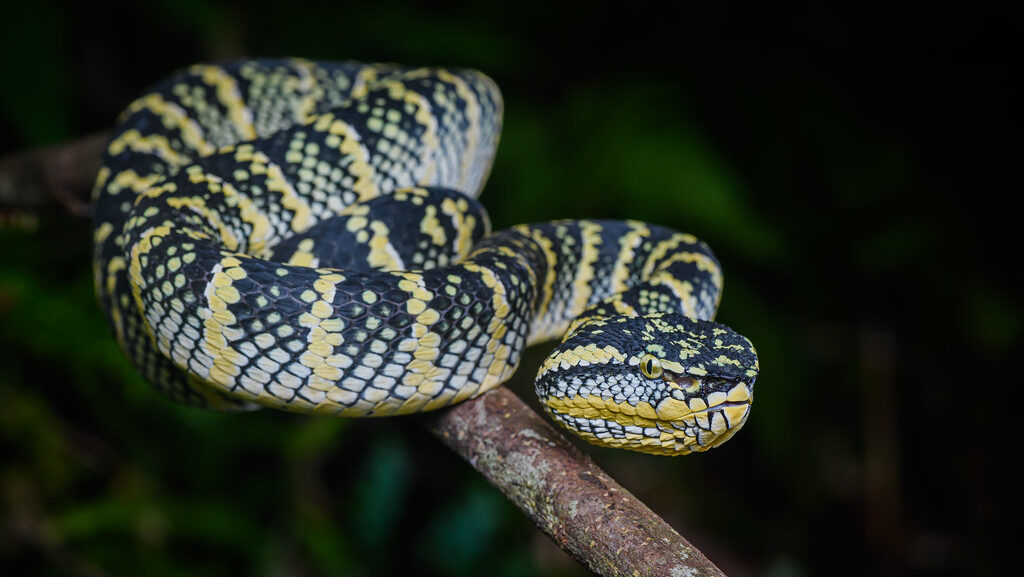
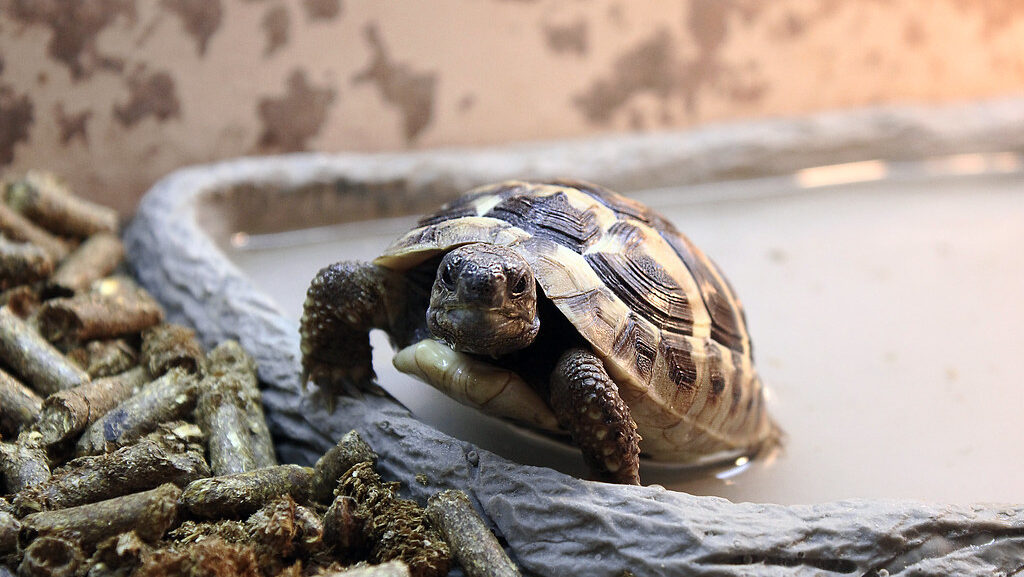

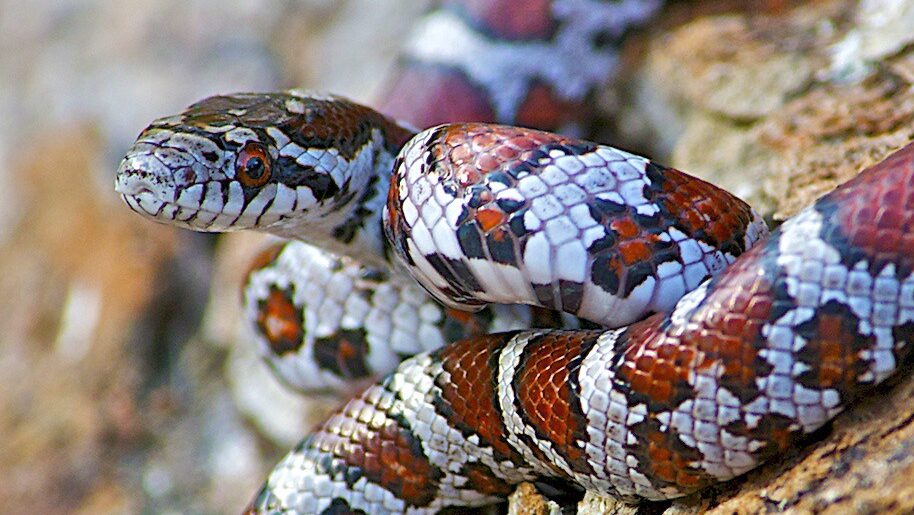
Leave a Reply